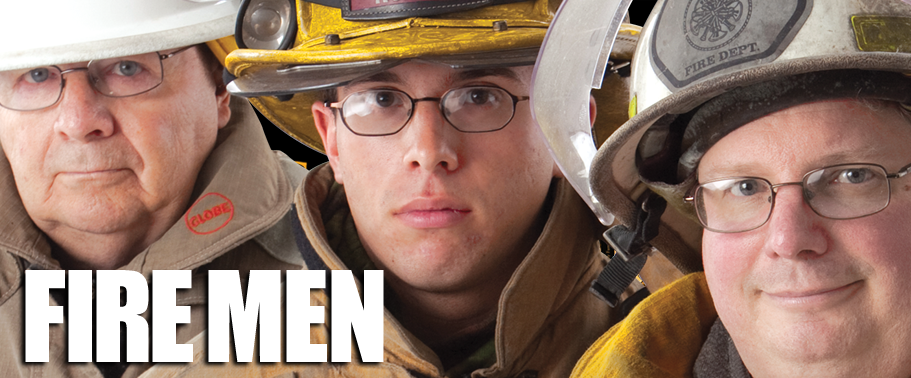“Maybe
it opens a hidden door to a secret room,” the woman said. The man rolled his eyes.
“Better
would be a secret compartment filled with cash,” the man said. (Dream on, kids)
“I’ve
read about those secret safe rooms.
Wouldn’t that be cool?” The woman
watched a lot of television.
“Maybe
it sounded a buzzer in the kitchen for the wife to bring the husband a beer,”
the man grinned.
“You can dream
on,” his wife said.
The
real function was far more mundane but no less crazy. I told Dad I could hear this dialogue in my
mind; the future owners of his house having this conversation in the years to
come when they discovered his button. To
them, the button would likely remain a mystery forever, discussed on occasion when
a new theory for the whodunit arose.
The
button, an old fashioned door bell was connected to the garage door opener for
Dad’s car. Not willing to wait the five
seconds, maybe, for the door to go up once he reached the garage when
responding to a fire, he installed it when the house was built. When the Plectron went off (remember those?)
he would reach into the closet as he finished dressing, hand knowing the way,
and push the button. By the time he
reached the garage, the door was fully open.
Speed and efficiency out of the house didn’t happen by accident.
“Maybe
it was a panic or emergency alarm, like the buttons in a bank,” the woman would
say, the mystery continuing.
“I
still like the beer idea,” the man would offer.
“I
told you, dream on.”


































